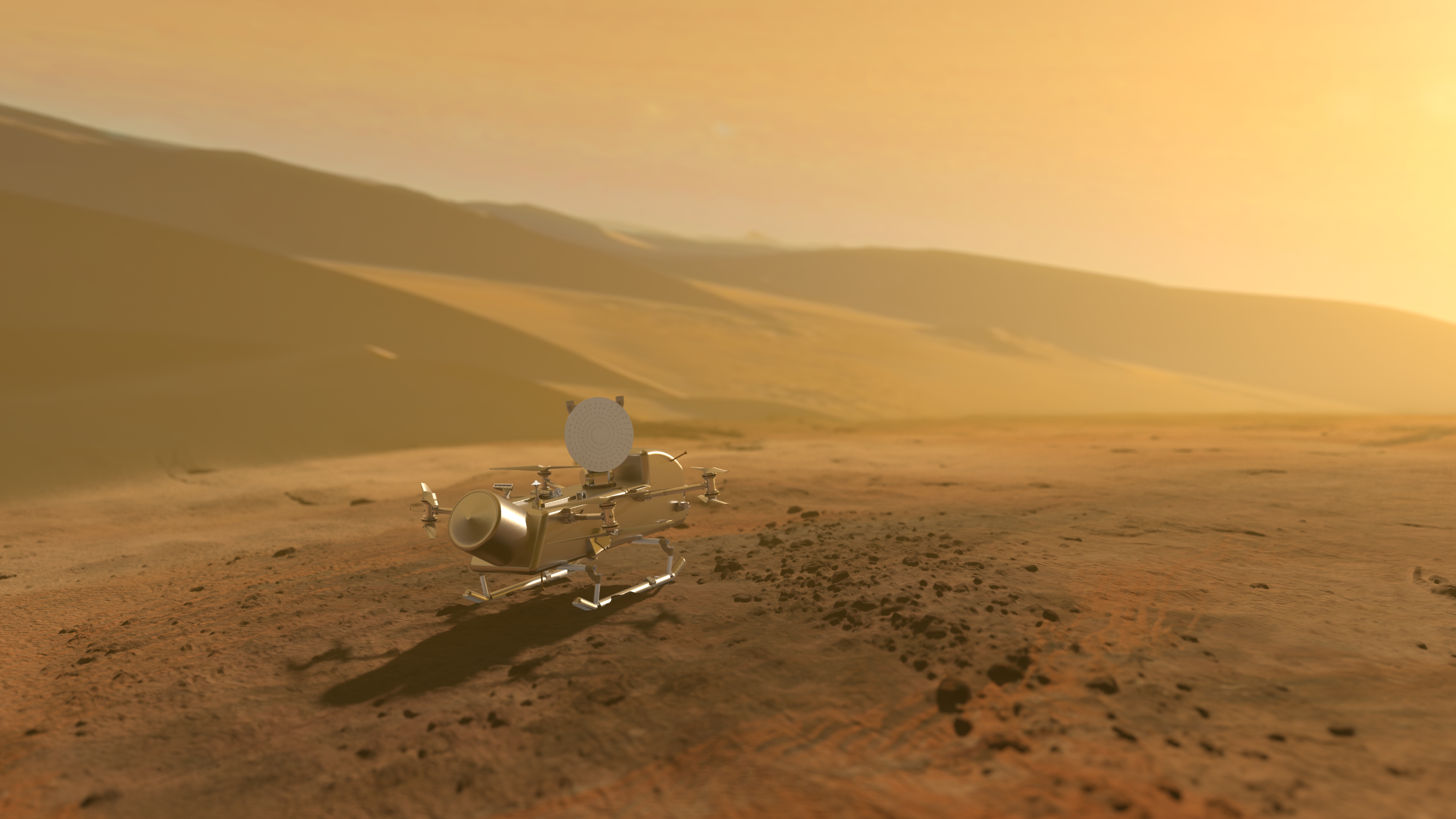4 min read
Cassini Significant Event Report
For Week Ending 04/03/98
Spacecraft Status:
The Cassini spacecraft is presently traveling at a speed of approximately 143,000 kilometers/hour (~89,000
mph) relative to the sun and has traveled approximately 464 million kilometers (~288 million miles) since
launch on October 15, 1997.
The most recent Spacecraft status is from the DSN tracking pass on Thursday, 04/02, over Canberra. The
Cassini spacecraft is in an excellent state of health and is executing the C7 sequence nominally. The speed of the spacecraft can be viewed on the "Where is Cassini Now?" web page (http://saturn.jpl.nasa.gov/operations/present-position.cfm)
Inertial attitude control is being maintained using the spacecraft's hydrazine thrusters (RCS system). The
spacecraft continues to fly in a High Gain Antenna-to-Sun attitude. It will maintain the HGA-to-Sun attitude,
except for planned trajectory correction maneuvers, for the first 14 months of flight.
Communication with Earth during early cruise is via one of the spacecraft's two low-gain antennas; the antenna
selected depends on the relative geometry of the Sun, Earth and the spacecraft. The downlink telemetry rate is
presently 40 bps except for the probe checkout playbacks at 948 bps which are done over
specially-requested 70m DSN passes.
Spacecraft Activity Summary:
Orbiter:
From Friday, 03/27, through Monday, 03/30, there were no changes in spacecraft configuration.
On Tuesday, 03/31, the first of seven data playbacks occurred for Huygens Probe Checkout #2. The Probe
checkout activity occurs approximately every 6 months. The series of data playbacks from the SSR will
provide detailed information on the results of the checkout.
On Wednesday, 04/02, the Solid State Recorder (SSR) record and playback pointers were reset, according
to plan. This housekeeping activity, done approximately weekly, maximizes the amount of time that recorded
engineering data is available for playback to the ground should an anomaly occur on the spacecraft.
Also on Wednesday, the now standard SSR Flight Software Partition maintenance activity was performed.
This activity repairs any SSR double bit errors (DBEs) which have occurred in the code-containing portions
of the Flight Software partitions during the preceding period.
Finally, on Wednesday, the second data playback occurred for Probe Checkout #2.
On Thursday, 04/02, the spacecraft was commanded back to the state in which the A unit of the Probe
Support Avionics (PSA) is identified as prime. At the termination of each Probe checkout activity, the
spacecraft switches to the B unit of the PSA. The commanding to reset the PSA to the A unit is a standard
post-checkout housekeeping activity which establishes the desired hardware state for the next Probe
checkout.
Upcoming events:
Activities scheduled for the week of 4/03 - 4/09 include: the remaining 5 (of 7) Probe Checkout data
playbacks (4/03 through 4/07), and an SSR pointer reset (4/06).
Probe: Huygens: Second In-Flight Checkout
ESA reports that a first look at the (Probe Checkout #2) data indicates that their overall quality is good and
that in most respects the Probe behaved as expected. However, the AGC (Automatic Gain Control)
telemetry measurements on both chains seems to have dropped further (by 3 to 4 dB), with respect to the
values of the first in-flight checkout. The AGC level is a measurement in the umbilical (mated) configuration.
ESA has formed an investigation team to understand these telemetry measurements.
DSN Coverage:
Over the past week Cassini had 10 scheduled DSN tracks occurring from 03/27 through 4/02. In the coming
week there will be 9 DSN passes.
Other Program Activities
On Friday, 3/27, the Program determined that because of navigation accuracy, that no trim maneuver is
required for the final leg of the mission's first Venus gravity assist swingby, planned for April 26, 1998.
Additional information about Cassini-Huygens is online at http://saturn.jpl.nasa.gov.
Cassini will begin orbiting Saturn on July 1, 2004, and release its piggybacked Huygens probe about six months later for descent through the thick atmosphere of the moon Titan. Cassini-Huygens is a cooperative mission of NASA, the European Space Agency and the Italian Space Agency. JPL, a division of the California Institute of Technology in Pasadena, manages the mission for NASA's Office of Space Science, Washington, D.C.
Media Relations Office
Jet Propulsion Laboratory
California Institute of
Technology
National Aeronautics and Space
Administration
Pasadena, Calif. 91109.
Telephone (818) 354-5011







